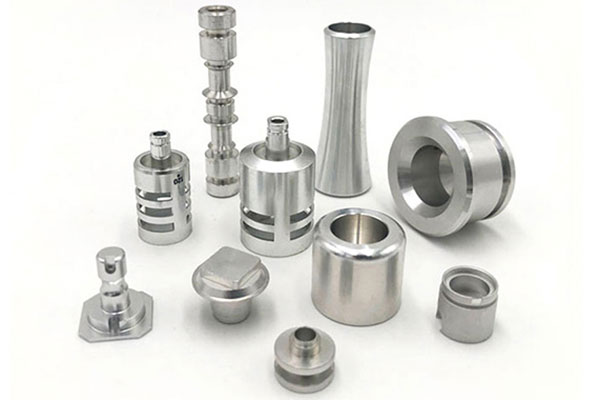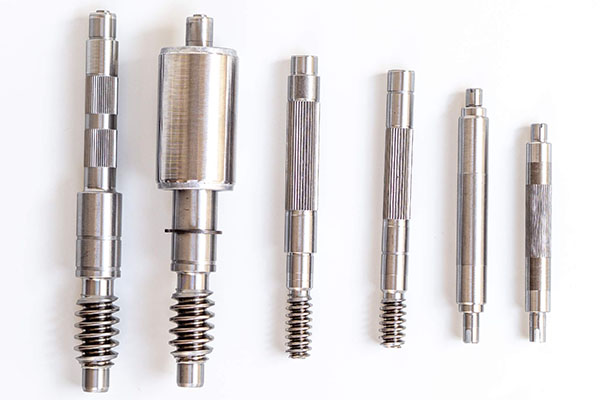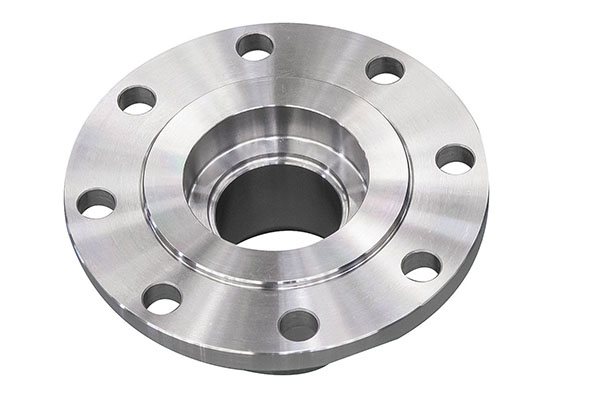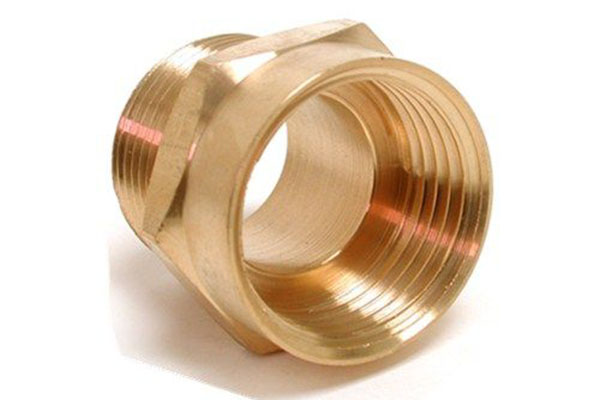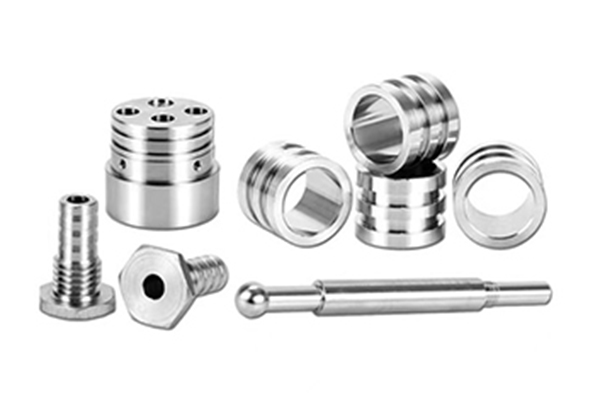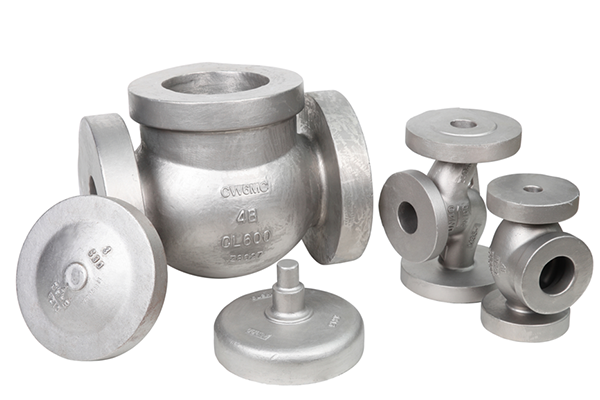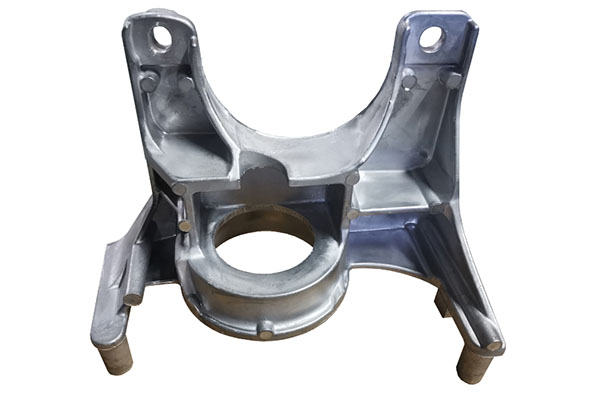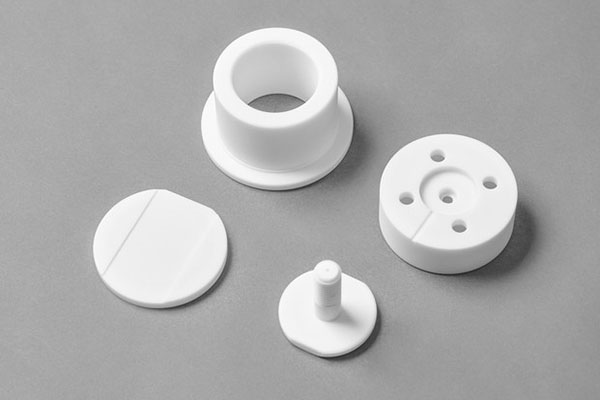Metal Parts Materials
In today's precision manufacturing world, picking the right metal for parts is super important. We know that top-notch metal stuff is key to making sure products work well and last long. That's why we focus on giving out high-quality metal parts that have been carefully picked to meet the strict needs for accuracy, toughness, and reliability in every industry.
Our range includes lots of awesome metals like:
- Stainless steel (like 304 and 316): These are great at resisting rust and strong, used a lot in medical tools, space stuff, and food equipment.
- Aluminum alloys (like 6061 and 7075): Light yet strong, they're perfect for space parts, cars, and electronic gadget covers.
- Titanium alloys: Super strong for their weight and friendly with body tissues, often used in fancy medical gear, chemical processing stuff, and sports equipment.
- Carbon steel (like 1045 and 12L14): They machine easily and are cost-effective, ideal for making all sorts of mechanical parts and tools.
Each batch of our materials goes through careful checks and certification to make sure it meets international standards in what it's made of, how it acts, and how strong it is. We use fancy heat treatments and surface tricks to make them even more resistant to wear, rust, and breaking under pressure, so they can handle really tough jobs.
By choosing our metal parts, you're not just getting the materials but also a whole package of tech help and services. Our expert team will give you personalized advice on which material to choose based on your specific needs, helping you tweak your designs and boost production efficiency.
Machining methods for metal parts
There are many ways to process metal parts, ranging. There are many ways to process metal parts, ranging to modern precision machining ranging from traditional casting and forging to modern precision machining techniques. Let's take a look at some of the main methods:
Casting
- Sand Casting: Suitable for large, medium, and small metal parts such as iron, steel, copper, aluminum, etc. It has low cost and strong adaptability, but the surface roughness of the casting is relatively high.
- Investment Casting: Also known as precision casting or lost-wax casting, it can produce complex shapes with high precision and smooth surfaces, almost requiring no subsequent processing.
- Die Casting: Involves injecting molten metal into molds under high pressure to produce a large number of complex-shaped parts with high precision and good surface quality.
- Centrifugal Casting: Uses centrifugal force to fill the mold cavity with molten metal and solidify it, mainly used for producing symmetrical shaft-like parts.
Plastic Forming
- Forging: Changes the shape, size, and properties of metal by applying force. Forging can increase the density and structure of metal, thereby improving its mechanical properties.
- Stamping: Uses equipment such as shearing machines and punch presses to cut or shape sheet metal by applying significant force.
- Rolling: Presses a die tool onto a cylindrical workpiece, shaping it to the outer profile of the die, often used for external threading and other processes.
Cutting Processes
- Turning: Uses lathes to cut rotating workpieces, primarily for machining shafts, disks, sleeves, and other components with rotational surfaces.
- Milling: Uses milling cutters to cut workpieces, capable of producing complex shapes and contours.
- Grinding: Uses grinding wheels to remove unwanted parts of the workpiece, offering higher machining precision but at increased cost and time.
Special Processes
- Electrical Discharge Machining (EDM): Applies voltage between the workpiece and an electrode, causing discharges that melt material to shape the workpiece.
- Laser Machining: Uses high-energy laser beams to irradiate the workpiece, melting or vaporizing material to create shapes.
Powder Metallurgy: Compresses metal powders into product shapes using dies and heats them in furnaces to bind the metal particles together, forming the final product.
Metal 3D Printing: A recently popularized method that builds the final product by sequentially stacking layers of material.
In summary, each processing method has its unique advantages and applications. Choosing the right method depends on the specific needs of the part, material properties, and production conditions.
FAQ About Metal Parts Materials
What are the most common types of metal parts used in manufacturing?
Metal parts come in various shapes and sizes, but some of the most common ones you'll find in manufacturing include bolts, screws, nuts, gears, shafts, and bearings. These components are essential for holding things together and ensuring everything runs smoothly. For example, bolts and screws are often used to fasten different pieces of machinery or equipment, while gears help transfer motion between parts. Bearings, on the other hand, reduce friction and support moving parts. Each type of metal part has its unique properties and applications, making them indispensable in various industries like automotive, aerospace, and construction.
How do I choose the right metal for a specific application?
Choosing the right metal for a job depends on several factors such as strength, weight, corrosion resistance, and cost. For instance, if you need something strong and lightweight, aluminum is a great choice. It's often used in the aerospace industry because it offers high strength-to-weight ratios. Stainless steel, on the other hand, is excellent for applications requiring rust resistance, which is why it’s commonly found in kitchen appliances and medical instruments. Copper is another popular option due to its excellent electrical conductivity, making it ideal for wiring and electronic components. Ultimately, it's important to consider the specific requirements of your project and consult material property charts or experts to make an informed decision.
What is the process for fabricating custom metal parts?
Creating custom metal parts typically involves several steps, starting with design and prototyping. First, engineers use computer-aided design (CAD) software to create a detailed blueprint of the part. This digital model can then be tested virtually before moving on to the physical production phase. Once the design is finalized, it’s sent to a CNC (Computer Numerical Control) machine for precision cutting. Depending on the complexity of the part, additional processes like welding, grinding, or heat treatment might be necessary to achieve the desired shape and properties. After fabrication, the parts often undergo surface finishing treatments such as painting, anodizing, or plating to enhance their appearance and durability. Quality control checks are performed throughout the process to ensure that each part meets the specified standards.
How can I extend the lifespan of metal parts?
Taking good care of your metal parts can significantly extend their lifespan. One effective way is through regular maintenance and cleaning. Removing dirt, dust, and debris helps prevent wear and tear over time. Lubrication is also crucial; applying oils or greases reduces friction between moving parts, thereby minimizing damage. Another tip is to keep metal parts dry when possible, as moisture can lead to rust and corrosion. If exposure to harsh environments is unavoidable, consider using protective coatings or sealants designed specifically for metal surfaces. Additionally, periodic inspections can catch any potential issues early before they become major problems. By following these simple practices, you can keep your metal parts in top condition for many years.
Are there eco-friendly options for metal parts?
Absolutely! There are several ways to make metal parts more environmentally friendly without compromising performance. One approach is to use recycled metals whenever possible. Many companies now offer products made from 100% post-consumer recycled content, which helps reduce waste and conserve natural resources. Another option is to opt for materials with lower environmental impact during production. For example, aluminum requires less energy to produce compared to steel and can be recycled repeatedly without losing its properties. Furthermore, adopting sustainable manufacturing processes such as waterless machining or utilizing renewable energy sources can further minimize the carbon footprint associated with metal part production. By choosing eco-friendly options, you not only contribute positively towards the environment but also promote responsible business practices within your industry.
What are some common challenges faced when working with metal parts?
Working with metal parts definitely brings its own set of challenges. One big issue is corrosion. This happens when metals react chemically with their surroundings. To tackle this, you need to keep them in the right storage conditions and use surface treatments like galvanizing or powder coating.
Another challenge is getting precise dimensions, especially for complex shapes. This calls for really accurate tools and skilled workers who know how to handle these materials well.
Temperature changes can also mess with metal properties. Too much heat can warp it, while extreme cold can make some metals brittle. So, you have to think carefully about environmental factors at every stage of production.
Finally, making sure the quality is consistent across large batches can be tough. Variations in raw material composition or slight differences in machining can cause problems. Overcoming these issues requires attention to detail, experience, and sometimes even creative solutions tailored to specific situations.
